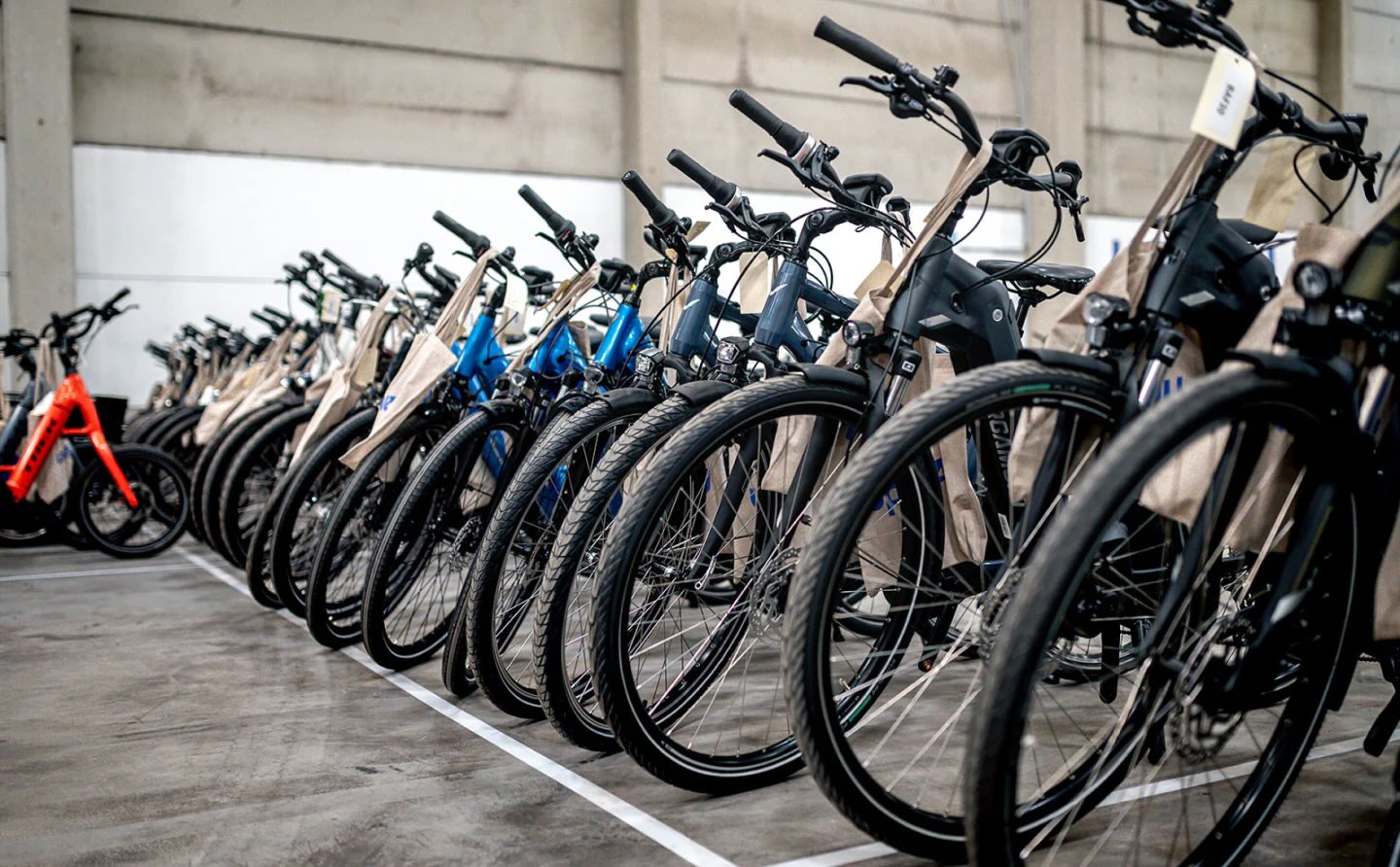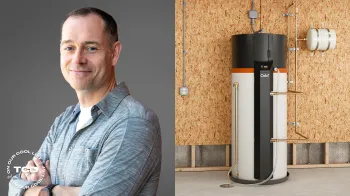When wildfires burn, it's not just homes and forests at risk — endangered species are also caught in the crossfire. In the wake of the recent Palisades Fire in Southern California, fish and wildlife rescuers worked to save hundreds of endangered fish from fire-damaged waterways.
The California Department of Fish and Wildlife recently removed more than 250 endangered southern steelhead trout from Topanga Creek after recent wildfires left the creek's watershed severely degraded.
"Rescuing this genetically unique population of trout needs to happen now," Rosi Dagit, a conservation biologist involved in the effort, told local news station KTLA 5.
More than 750 tidewater gobies — tiny and bony freshwater — were also rescued from nearby Topanga Lagoon, located downstream from Topanga Creek. Officials say the waters in these areas may remain uninhabitable for fish species for years.
As the Environmental Protection Agency reports, ash and contaminants settle in streams, lakes, and other waterways during a wildfire. Meanwhile, vegetation around these bodies of water — key to holding soil and retaining water — burns away. When rain eventually falls, it flushes even more ash, sediment, and contaminants into waterways.
The absence of healthy vegetation creates conditions ripe for harmful erosion and even flooding, per the EPA. This can upset the balance of the local ecosystem, causing toxic algae blooms and sickening or killing remaining wildlife, plant life, and healthy bacteria.
Watch now: Giant snails invading New York City?
The rescued southern steelhead trout were transported to the California Department of Fish and Wildlife Fillmore Hatchery in Santa Paula, while the tidewater gobies were transferred to the Heal the Bay holding facility in Santa Monica and the Aquarium of the Pacific in Long Beach.
Conservationists tell KTLA 5 that they plan to relocate the trout once a suitable habitat is identified. The gobies, on the other hand, will remain in human care for the foreseeable future until significant rain events flush out debris from the Palisades Fire, making the environment once again safe for wildlife.
Even without the recent fire-caused habitat destruction, steelhead trout and tidewater gobies are species on the brink of extinction. Though vastly different in size, both species have been highly impacted by climate shifts and coastal development, which have negatively impacted their habitats and food chains, according to the U.S. Fish and Wildlife Service.
|
Do you think America does a good job of protecting its natural beauty? Click your choice to see results and speak your mind. |
The recent L.A. fires are an extreme example of how planetary warming and climate instability can impact a region's delicate aquatic ecosystem. The devastating fires were fueled by a combination of dry conditions in the area — prompted by L.A.'s driest winter since the 1960s — and Santa Ana wind events.
TCD Picks » Upway Spotlight

While weather events have always existed, the changing climate has made them more powerful and dangerous. The recent devastation caused by the fires has left experts and residents concerned about how Southern California will adapt to increasingly frequent and severe wildfires.
It's easy to feel like the problem of wildfires is too big to tackle individually — especially if you live far from the impacted area. But it's important to remember that every climate-minded action can help support the planet, from recycling to switching to solar.
Join our free newsletter for good news and useful tips, and don't miss this cool list of easy ways to help yourself while helping the planet.


















